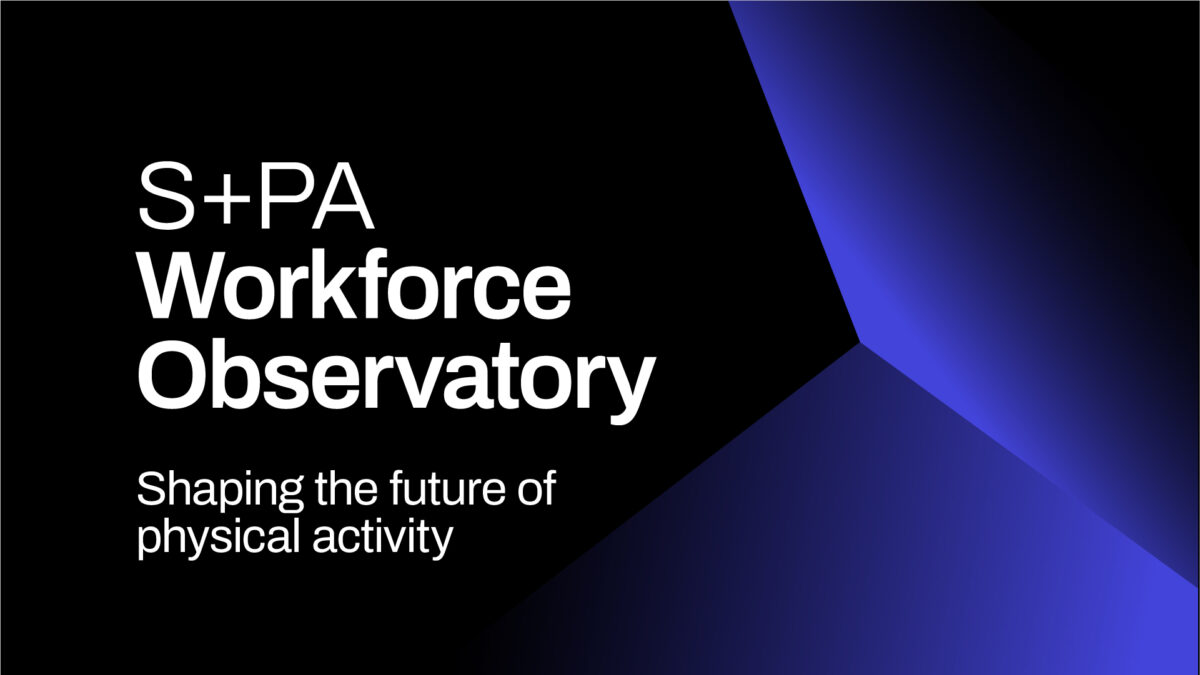Securing the Next Generation Work-from-Anywhere Workforce

In 2022 Business leaders are facing the likelihood of a distributed, work-from-anywhere workforce—and they need to determine how to best embrace this new framework. Ping Identity has assessed the impact of what we have learned about how to effectively and securely run our organizations remotely. As we put those learnings into practice in the coming months and years, identity security promises to play a large role.
As we see Google searches for “remote jobs” jump 262% within a week this month, the number of people seeking remote work is increasing annually. Since 2015 the term “Digital Nomad” has jumped from an average of 475 searches to over 5,000 searches a month in the UK. Globally it has a search volume of over 55,000 a month. Similarly searches for “Digital Nomad Jobs” have jumped 800% since 2015.
As of April 2022, two years on from the start of the pandemic, just over a third of workers (34%) had returned to the office full time, according to a study from Slack’s research consortium Future Forum. Even then, less than half were there of their own accord, with 55% of in-person office workers saying they would prefer a more flexible arrangement
The Shape of the Next Generation Workforce
Over the past two years our existing workforce adapted to their new work environments and new generations entered the workforce. Millennials and Gen Z accounted for 35% of the global workforce in 2020 with Generation Z will account for 27 percent of the workforce by 2025. These employees have shown themselves to be strong proponents of remote work, and this will put pressure on businesses to create an environment that will enable the right amount of access and engagement to keep the existing and new digital era of workers productive and happy.
Securing the Next Generation Workforce
The challenges of the identity and security control space will be happening at a much faster rate, in three main areas of growth and risk:
- Greater ability to work remotely will bring improved connectivity, which will increase greater risk at endpoints.
- The realized potential of new tech will increase functionality but will also increase the attack surface. With the growth of mobile device usage and the enhancement of technology in general, we can predict the increase of risk associated with this growth. Mobile device usage offers up opportunities for end-user behaviors that expose a company to risk simply because of an accidental transaction.
- More productive employees will lower latency but accelerate attack speed.
Given all these factors, we expect the following key security measures to remain and strengthen the future of the workplace.
Zero Trust
This next gen workforce will expect companies to continue enabling them to work from anywhere at any time on any device. There’s no sign the “bring your own device” (BYOD) phenomenon will slow down, and with the proliferation of business applications offering mobile app experiences, users of this generation are increasingly likely to answer that Slack message on their phone or quickly input that PTO request while on their daily walk. Device management, particularly mobile device management, is imperative when securing your next gen workforce. Employers must recognize the devices used on a daily basis and their posture to balance accessibility and security.
Zero Trust furthers those goals by helping to secure devices, users, APIs, data and more, no matter where they are located. Zero Trust begins with identity, because being able to identify everyone and everything is fundamental to establishing that you (or your device, or another resource) truly are who you say you are.
Single Sign-on
Improving the workforce experience while managing the diversity of accounts and data access mandates the necessity for a simple interface. Human behavior dictates that if users aren’t able to get what they need when they need it, they will find better, faster ways—and those “better” ways may compromise security. (Think password reuse, a notoriously risky practice.) The reality is that if you’re not creating this type of entry for your workforce, you’re hampering their productivity and increasing risk.
Single sign-on (SSO) for employees is the beginning point for security and for easy, fast access. By allowing a user to sign on with one set of credentials and gain access to multiple applications and services, you ensure a seamless, secure way for them to access resources. SSO increases security and provides a better user experience by reducing the number of required accounts and/or passwords and offering simpler access to all the apps and services employees need.
Intelligent Authentication and MFA
Making the authentication experience more intelligent is an important factor in employee satisfaction. But keep in mind that the appearance of security is not the same thing as security. Requiring your employee to jump through multiple different authentication factors or compliance checklists—even though trust signals recognize they are accessing that information at the same time, place and device they have been for the past year—will limit overall productivity and satisfaction.
You can boost both by offering your workforce multi-factor authentication (MFA) that is intelligent and adaptive. By allowing users to bypass MFA in low-risk scenarios while requiring stronger security for high-risk situations, you eliminate friction and lower security risks.
Solving Security Challenges with Identity
Identity is the steel thread in having a central identity repository with consistent authentication to any application from any device or location. Reducing dependencies on VPNs, improving device security with intelligent authentication, and redesigning better ways to trust the user are all a part of securing your enterprise for the next generation workforce.
Ping Identity is here to help. We and our partners offer identity solutions that help businesses bolster employee satisfaction while improving security. To learn more, check out our webinar “Building a Blueprint for Securing the Next Generation Workforce.”
Richard Bird, Chief Customer Information Officer, Ping Identity











Responses